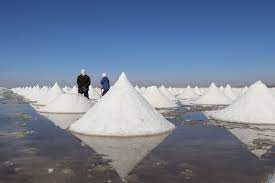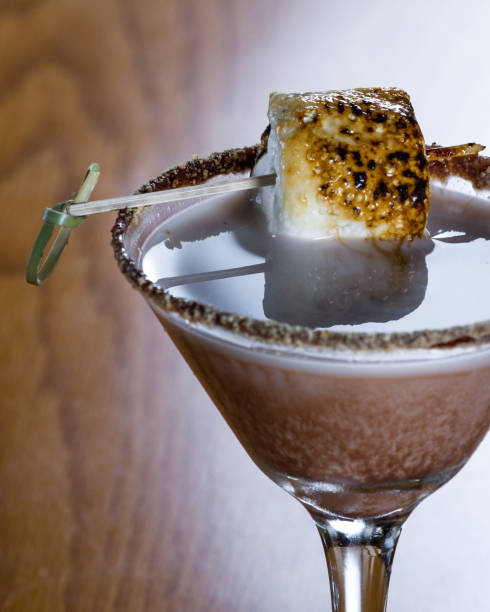Serious Eats is all about salt. It’s the right thing. Salt is an amazing ingredient and is at the heart of so much of what cooking is all about. We’ll be looking at the vast array of culinary salts that are available to chefs over the next few weeks. We’ll also address some myths and prove that salt is an important ingredient in cooking.
What is salt?
Salt is a crystal mineral made up of explosive sodium and chlorine. This chemical structure is shared by all edible table salts, regardless of whether they are mined underground or taken from the water. Salt can be treated differently and contain unique impurities that give it a wide variety of tastes. These varieties will be discussed in detail over the coming weeks. This week, I will be discussing how and why salt does what it does.
What is the Work of Salt?
Salt is often questioned about its mechanism. What makes a tomato taste like a tomato and a steak taste like a steak? One of the few ingredients that are a flavorant is salt. It enhances flavors and not only adds to them. MSG and sugar are also flavorants. But salt does it better than any other. Although the process is complicated and remains a subject of academic debate, there are three ways that salt can enhance food flavor.
Our taste buds are designed to detect salty flavors. There are four types of taste buds (or maybe five). It’s not surprising that our bodies are wired to love salt. Therefore, we prefer salty foods to be unsalted. There’s more to this story: Salt activates whole categories of flavor and enhances the taste of any food it is added to. This is a psychological as well as a physiological process. The sensory information we use to describe the taste is called “taste”. Salt activates our salt receptors and increases the information bits. This creates a richer tasting experience.
Salt is a key ingredient in our taste buds. It dials up sweet flavors, which our bodies naturally crave while downplaying bitter tastes, which we tend not to like. Salt changes food’s flavor profile, shifting it towards the flavors we prefer. Salt can be used on grapefruit. It will reduce the bitterness of the grapefruit and intensify the sweet and sour flavors. Salt does more than affect the taste of food. It activates the flavor we love and makes it “better”.
Salt emits volatile aromas. Take a whiff the next time you soften onions. Next, take another whiff. You will notice a stronger onion aroma, and you may almost feel it. Our tongues are limited in their ability to detect salty, bitter and sweet flavors. We must rely on our senses to determine what makes food taste different. These aromas are released even after salt is added to food. This allows us to “taste” and smell them more easily.
Salt is pretty incredible stuff. Not too shabby for a child of poison and an explosive. Salt doesn’t only change the taste of food; it also changes how we perceive those tastes. Learn more about salt to understand better how our minds relate to food.
We now have the tools to tackle the niche salts available on the market. Have any questions about salt? Comment below.




